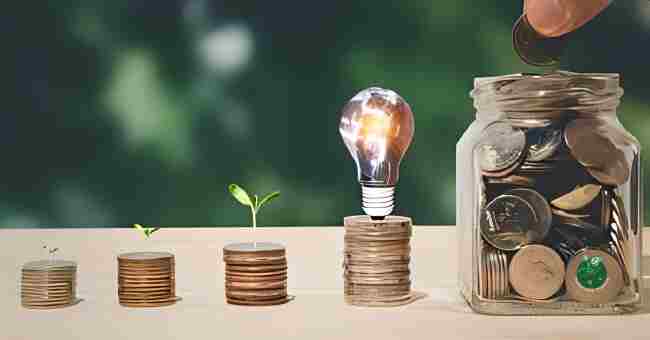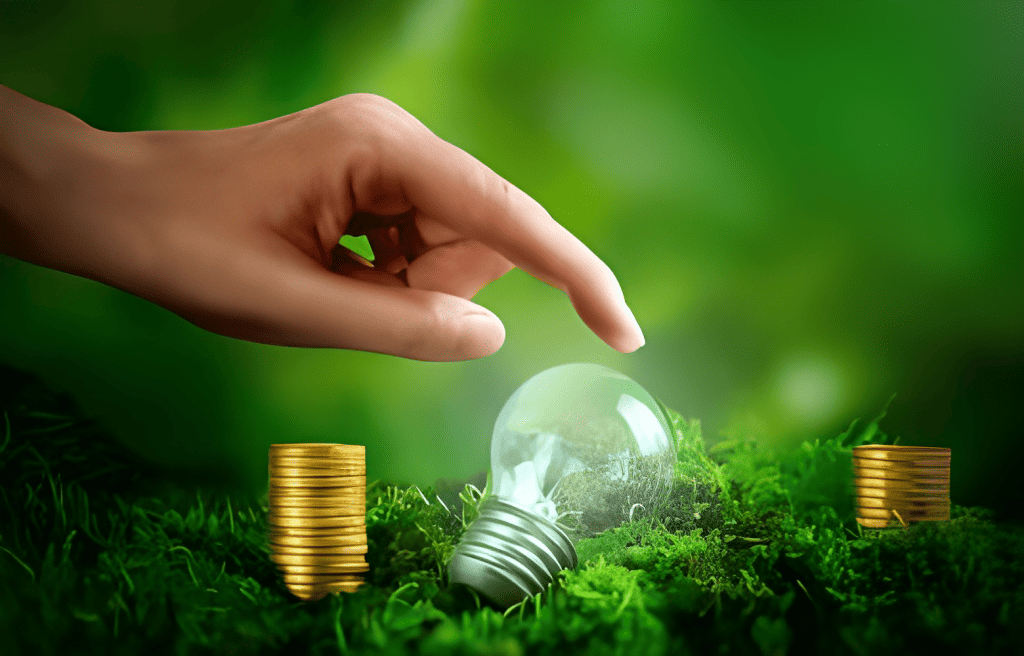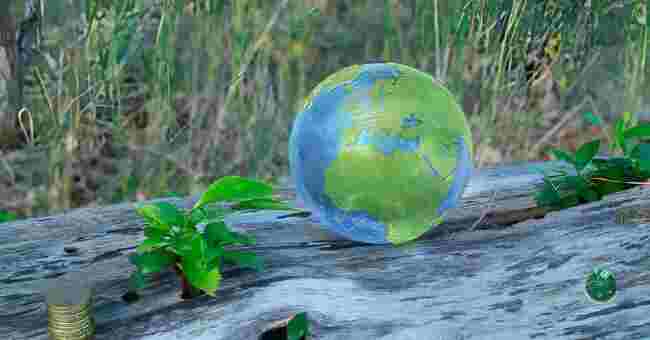Table of Contents
Did you wish to know how conservation investments make a difference? Yes, conservation investments are financial commitments towards initiatives that protect and preserve the natural environment.
They make a tangible difference by channeling resources to organizations, projects, and companies working towards environmental sustainability.
Growing up, I witnessed the rapid deforestation of a lush green valley near my hometown. The once-thriving ecosystem was stripped bare, leaving behind a barren landscape devoid of life.
It was a heartbreaking sight that instilled in me a deep appreciation for nature’s delicate balance and the need to safeguard it.
In this article, I will explain how conservation investments can address pressing environmental challenges and create a more sustainable future for all.
Let’s go.
What is Impact Investing?
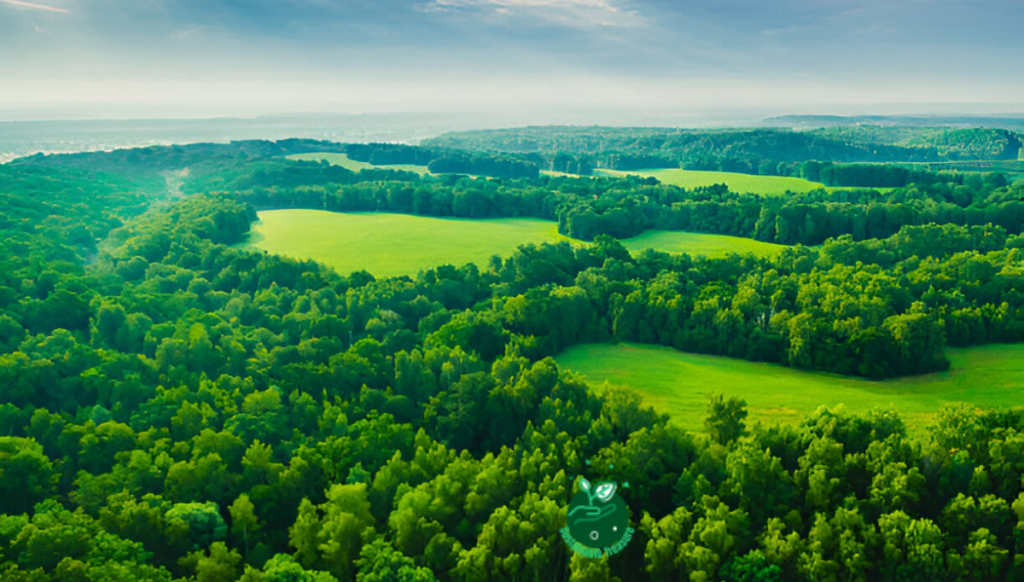
Impact investing means putting your money into companies, organizations, and funds working to create positive social or environmental impact alongside financial returns. It’s a way to grow your wealth while supporting causes that matter to you.
By choosing impact investments focused on conservation, you can directly support projects that protect natural resources, preserve habitats, and fight climate change. Even small investments can make a big difference when combined with others.
Protecting Rainforests
Rainforests are the planet’s oldest and most biodiverse ecosystems. They absorb huge amounts of carbon dioxide and produce oxygen we need to breathe. Yet rainforests around the world are being destroyed at alarming rates for timber, mining, and agriculture.
Impact investments fund organizations working to:
- Establish protected rainforest reserves
- Provide sustainable income to indigenous communities
- Develop research and education programs
Conserving Ocean Life
Our oceans are facing multiple threats like overfishing, plastic pollution, and warming temperatures. Impact investments can help reverse these damaging trends by supporting:
- Marine conservation nonprofits
- Sustainable aquaculture and fishery projects
- Innovation in renewable ocean energy
Healthy oceans mean healthy marine ecosystems that millions depend on for food and jobs.
Preserving Wildlife Habitats
As human development expands, we’re encroaching on the natural habitats of countless plant and animal species, driving many toward extinction. Conservation investments allow you to:
- Protect vital ecosystems like wetlands and grasslands
- Fund anti-poaching efforts for endangered species
- Support wildlife rehabilitation and breeding programs
Preserving biodiversity today ensures a thriving planet for future generations.
Combating Deforestation
Deforestation has dramatically reduced forest cover around the world. Your investments can help organizations working to:
- Promote responsible forestry management
- Develop sustainable agriculture practices
- Establish timber plantation projects
Halting deforestation is crucial for absorbing carbon emissions and maintaining natural ecosystems.
Expanding Sustainable Agriculture
Modern industrial agriculture places huge strains on the environment through soil depletion, water overconsumption, and heavy pesticide use. Impact investments aid the growth of sustainable farming approaches like:
- Organic and regenerative agriculture
- Permaculture design
- Urban and vertical farming projects
This creates long-term food security while minimizing environmental damage.
Developing Clean Energy
To combat climate change, we must transition rapidly from fossil fuels to renewable energy sources. Your investments can drive innovation in areas such as:
- Solar and wind power technology
- Geothermal and hydroelectric plants
- Energy storage and grid integration
Clean energy mitigates carbon emissions while creating quality green jobs.
Restoring Forests and Lands
Around the world, forests, grasslands, and other ecosystems are being restored through reforestation, replanting, and conservation efforts. Investments in this area fund vital work like:
- Planting seedlings and restoring habitats
- Rehabilitating degraded mining lands
- Researching restoration techniques
Restoring forests provides carbon sinks, prevents erosion, and brings back biodiversity.
Improving Water Security
Clean freshwater is an increasingly scarce resource globally due to overconsumption, pollution, and climate change impacts. Conservation investments help provide:
- Community water treatment and distribution
- Agricultural water efficiency programs
- Protection of watersheds and wetlands
Securing water access reduces poverty and disease in vulnerable communities.
Building Green Infrastructure
To create sustainable cities and communities, new infrastructure must harmonize with the natural environment. Green construction projects use your investments for:
- Eco-friendly buildings and housing developments
- Urban green spaces and public parks
- Pedestrian and cycling infrastructure
Green infrastructure lowers emissions, increases urban biodiversity, and improves public health.
Recycling and Waste Solutions
Reducing waste and increasing recycling are key environmental goals. Impact investments fund innovative solutions like:
- Plastic recycling and processing facilities
- Composting operations for food waste
- Incentives for companies to use recycled materials
Cutting waste prevents pollution while driving sustainable business practices.
Conservation Real Estate
By investing in sustainable real estate projects, you can protect ecosystems and promote environmental stewardship through:
- Conservation land trusts
- Ecotourism lodges and resorts
- Regenerative residential communities
Well-designed real estate minimizes environmental impact while educating tenants and visitors.
Carbon Offset Programs
Even with clean energy, some emissions are unavoidable. That’s where carbon offsets come in – investments that fund projects like:
- Reforestation and forest protection
- Renewable energy development
- Methane capture from landfills and farms
Offsets cancel out emissions by removing equivalent CO2 from the atmosphere.
Environmental Research
Scientific research is vital for understanding environmental challenges and developing solutions. Impact investments help advance fields such as:
- Climate science and modeling
- Ecology and conservation biology
- Sustainable technology and engineering
Funding research today creates the knowledge to protect the planet tomorrow.
Public Awareness Campaigns
Conservation requires public understanding and engagement. Investments in this area fund initiatives aimed at:
- Environmental education programs
- Advocacy for policy changes
- Marketing to shift consumer behavior
Raising awareness inspires individuals and communities to take action.
Indigenous Rights Support
Many Indigenous communities are on the frontlines protecting their ancestral lands. Investments can help by:
- Securing legal rights and land titles
- Funding local leadership and governance
- Building sustainable economic opportunities
Empowering Indigenous stewardship of ecosystems preserves precious cultural knowledge.
Ethical Supply Chains
Consumers are increasingly demanding sustainably and ethically-sourced products. Impact investing promotes:
- Certifications for responsible labor and environmental practices
- Transparency and accountability in global supply chains
- Direct investment in ethical producers and manufacturers
This creates market incentives for companies to adopt better standards.
Sustainable Fishing
Overfishing has severely depleted global fish stocks. Investments can rebuild sustainable fisheries through:
- Responsible fishery management policies
- Monitoring and enforcement technology
- Local community aquaculture projects
Restoring fish populations ensures food security and protects ocean biodiversity.
Eco-Friendly Fashion
The apparel industry has a huge environmental footprint from water use, chemical pollution, and textile waste. Impact investments drive:
- Development of recycled and natural fiber fabrics
- Water recycling systems for manufacturing
- Fair labor supply chains from crop to customer
Investing in green fashion reduces ecological harm from our clothing.
Microfinance for Conservation
Small loans and financial services can empower local communities to pursue sustainable livelihoods that preserve ecosystems, like:
- Sustainable agricultureand aquaculture
- Ecotourism businesses and services
- Artisanal crafts using renewable materials
Microfinance provides an alternative to environmentally-destructive industries.
Through impact investments across all these areas, working people can directly contribute to critically important conservation efforts locally and globally. Your money creates positive change for people and planet.
FAQs
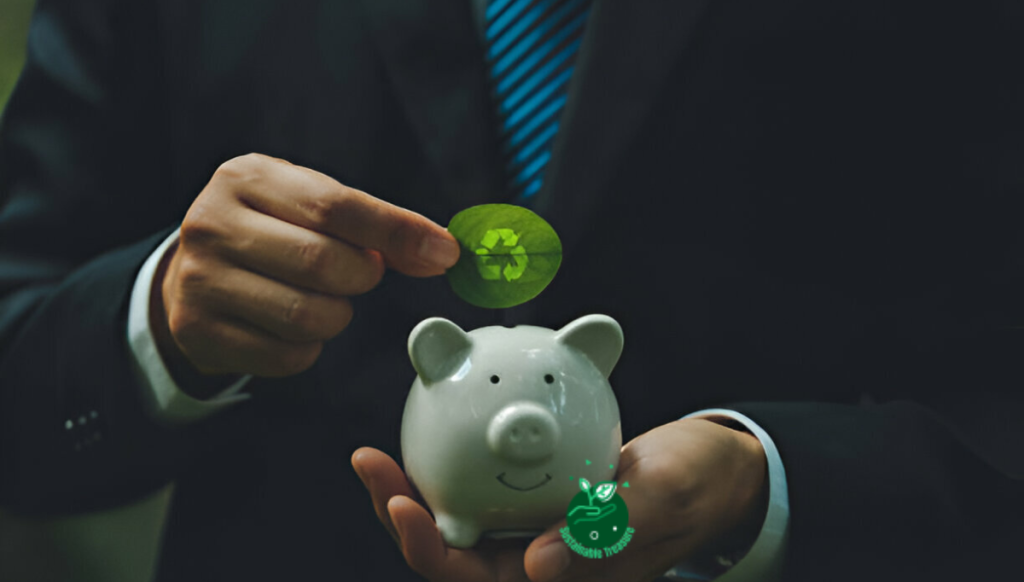
What Are Conservation Investments?
Conservation investments refer to the allocation of financial resources towards initiatives, projects, or organizations that aim to protect and preserve the natural environment. These investments can take various forms, such as investing in companies that prioritize sustainable practices, supporting conservation organizations through donations or impact investing vehicles, or directly funding environmentally-friendly projects.
What Are The Benefits Of Saving And Investing In The Economy?
Saving and investing in the economy offer several benefits. First and foremost, it contributes to economic growth by providing capital for businesses to expand, innovate, and create jobs. Secondly, it allows individuals to build wealth and achieve financial security through the potential returns generated by their investments. Additionally, a robust investment culture fosters a stable financial system and promotes overall economic stability.
What Are The Benefits Of Investing In Nature?
Investing in nature, or conservation efforts, yields numerous benefits. It helps to preserve biodiversity, protect endangered species, and maintain the delicate balance of ecosystems. These investments also contribute to mitigating the effects of climate change by supporting initiatives that reduce greenhouse gas emissions, promote sustainable practices, and protect natural carbon sinks like forests. Furthermore, investing in nature can generate economic returns through sustainable tourism, responsible resource management, and the development of innovative green technologies.
What Is The Role Of Investment In The Economy?
Investment plays a crucial role in the economy by driving economic growth and productivity. It involves the allocation of resources towards the creation of capital goods, such as machinery, equipment, infrastructure, and technology. These capital investments enable businesses to increase their productive capacity, enhance efficiency, and ultimately contribute to the overall economic output. Additionally, investments in research and development foster innovation, leading to the creation of new products, services, and technologies that can further drive economic progress.
What Are The Benefits Of Saving The Environment?
Saving the environment offers numerous benefits for both present and future generations. It helps to preserve natural resources, maintain biodiversity, and ensure the long-term sustainability of our planet. By protecting ecosystems and reducing environmental degradation, we can mitigate the impacts of climate change, prevent species extinction, and maintain a healthy and livable environment. Additionally, a clean and well-preserved environment contributes to human well-being, providing clean air, water, and natural spaces for recreation and rejuvenation.
What Is The Importance Of Green Investing?
Green investing, also known as sustainable or ethical investing, has become increasingly important for several reasons. Firstly, it aligns financial decisions with environmental and social responsibility, promoting the transition towards a more sustainable economy. Secondly, it acknowledges the long-term risks associated with unsustainable practices, such as climate change, resource depletion, and environmental degradation, and seeks to mitigate these risks through responsible investment decisions. Additionally, green investing supports the development and adoption of environmentally-friendly technologies, products, and services, driving innovation and creating new economic opportunities.
What Are The Types Of Investment?
There are various types of investments, including:
- Stocks: Investing in shares of publicly-traded companies.
- Bonds: Lending money to governments or corporations in exchange for regular interest payments.
- Mutual Funds: Pooled investment vehicles that hold a diversified portfolio of stocks, bonds, or other securities.
- Real Estate: Investing in properties, such as residential or commercial buildings.
- Precious Metals: Investing in physical assets like gold, silver, or platinum.
- Cryptocurrencies: Investing in digital currencies like Bitcoin or Ethereum.
- Impact Investments: Investing in projects or companies that generate positive social or environmental impact.
What Is Investment In Economic Development?
Investment in economic development refers to the allocation of resources towards initiatives and projects that aim to promote sustainable economic growth and progress within a specific region or community. This can include investments in infrastructure, education, job training programs, support for small businesses, and the development of new industries or sectors. The goal of these investments is to create economic opportunities, increase productivity, and improve overall living standards while fostering long-term economic resilience and sustainability.
Conclusion
In our exploration of “How Conservation Investments Make a Difference: Exploring Impact Investing,” we’ve seen the profound impact these investments can have on protecting our planet’s precious natural resources and ecosystems.
The main takeaways are clear: conservation investments offer a tangible way to support organizations and initiatives working to preserve biodiversity, combat climate change, and promote sustainable practices.
Whether it’s protecting rainforests, conserving ocean life, or developing clean energy solutions, your investment dollars can directly contribute to these crucial efforts.
So, if you’re passionate about safeguarding our environment for future generations, consider channeling your investments towards conservation projects. Every contribution, no matter how small, can make a meaningful difference in ensuring a greener, more sustainable world for all.

